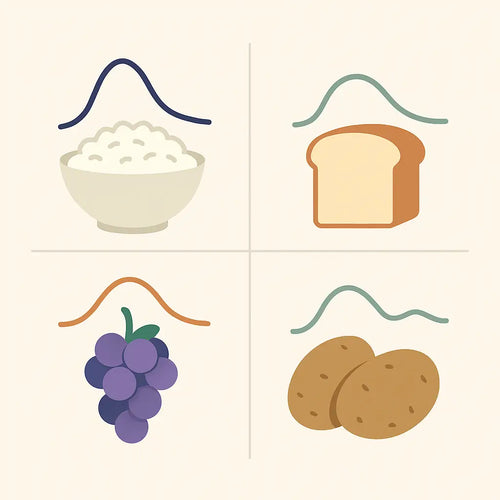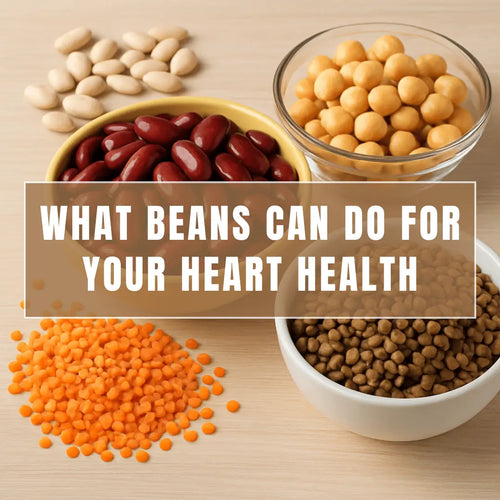
Would you spend 3 minutes, 3 days per week exercising if it gave you the same cardiovascular and metabolic benefits as exercising for 1 hour also 3 times per week? In 2008 three studies were conducted evaluating the effects of extremely low volume high-intensity interval training on cardiovascular and metabolic changes. One study compared two groups of participants where one group did low-volume sprint interval training consisting of four to six 30 second high intensity sprints on a stationary bike, separated with 4.5 minute recovery three days per week for six weeks (Rakobowchuk M, et al, 2008). The other group did 40-60 minutes of continuous cycling of approximately 65% of capacity 5 days per week for six weeks. At completion of the study, the researchers concluded that low volume sprints interval training produced improvement in peripheral vascular structure and function comparable to endurance training. A similar study compared 30 seconds bicycle sprints repeated four to six times with 4.5 minutes recovery between repeats three times a week with 40-60 minutes continuous cycling at a 65% workload for 5 days a week (Burgomaster KA, et al, 2008). After six weeks, this study found similar changes in mitochondrial markers for skeletal muscle carbohydrate and lipid oxidation for both protocols. The most recent study done by another research group investigated changes in insulin sensitivity using the same protocol of high intensity interval training (Babray JA, et al 2009). They found that the insulin sensitivity improved by 23% while aerobic cycling performance improved by 6% in only six sessions over 2 wee Insulin sensitivity relates to the glucose metabolism, the more insulin sensitive you are the better it is. Insulin resistance (low insulin sensitivity) leads to type 2 diabetes and a variety of other health problems.









